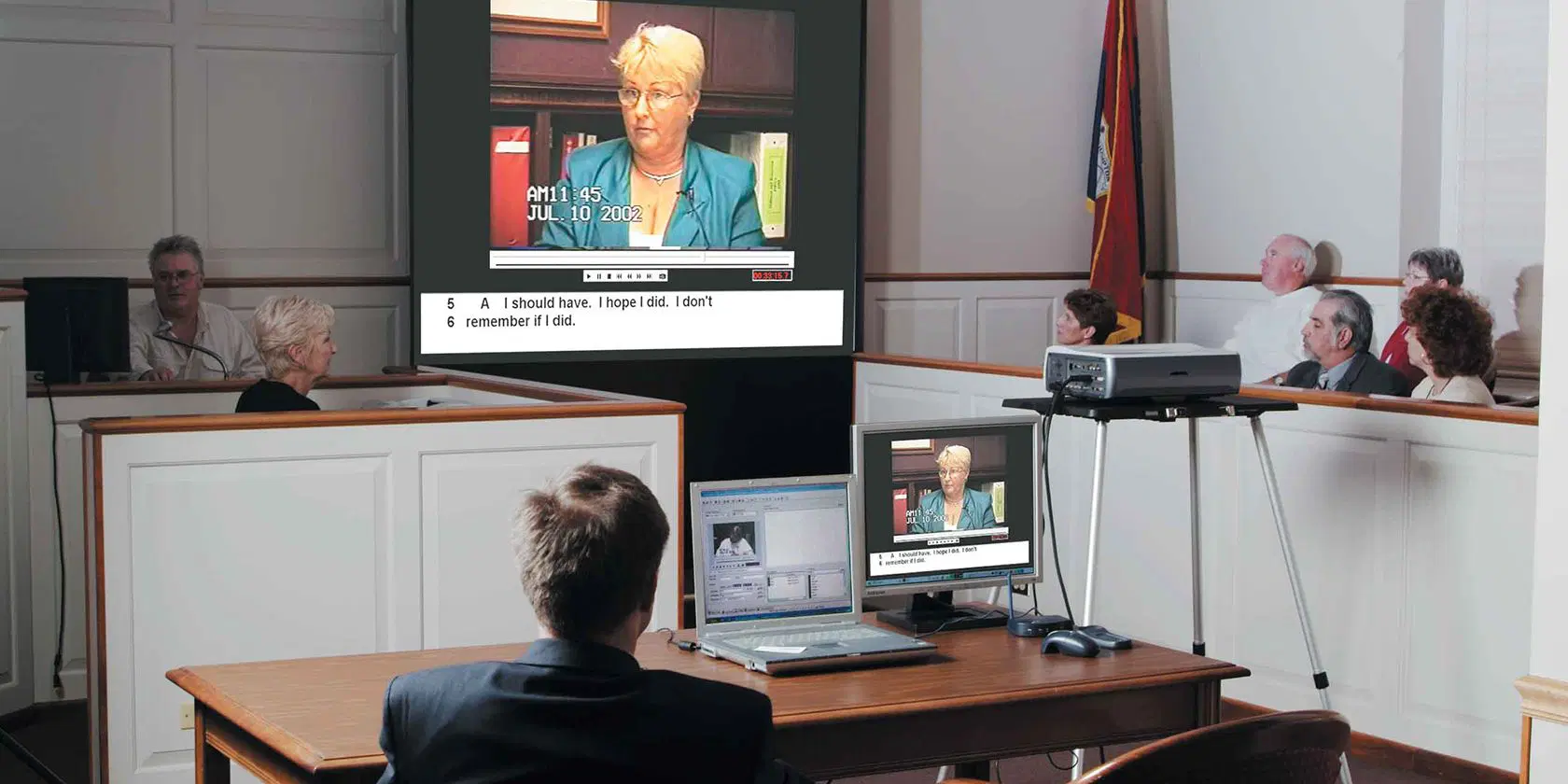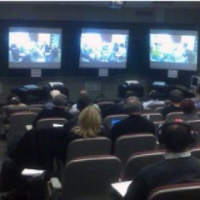Why Strong Trial Presentations Are Key to Legal Success
The importance of strong trial presentations can not be overstated in the realm of legal practice. These presentations function as the primary vehicle for conveying arguments and evidence, fundamentally forming juror assumptions and affecting their decision-making procedures. A well-crafted story, improved by calculated aesthetic aids and emotional engagement, fosters an extensive link with jurors, inevitably impacting their understanding of the situation. Nevertheless, the nuances of effectively adapting these discussions to varied juror backgrounds introduce intricacies that warrant more exploration, particularly in the context of achieving favorable end results in tests.
Importance of Reliable Communication
Reliable interaction is critical in a lawful setting, as it acts as the channel via which arguments, evidence, and lawful concepts are conveyed to judges and courts. trial presentations. Clear expression of facts and legal criteria permits for a persuasive presentation that can substantially affect the decision-making procedure.
Moreover, efficient interaction cultivates relationship and trust between attorneys and their clients, improving partnership and making certain that all events are aligned in their objectives. It also plays an important duty in court option and involvement, where the capacity to get in touch with jurors can impact their receptiveness to the case. Additionally, non-verbal communication, such as body language and eye contact, contributes to the total impact a lawyer makes, reinforcing verbal messages.
Ultimately, mastering reliable interaction can bring about a much more engaging and systematic discussion, boosting the probability of a positive decision. Thus, attorneys have to focus on refining their communication skills as a cornerstone of their test preparation and technique.

Crafting a Compelling Story
Reliable interaction prepares for crafting a compelling narrative in legal trials. A well-structured narrative not just involves the court yet additionally clarifies complex legal problems. The goal is to provide the truths in a means that reverberates psychologically and practically with the target market, permitting them to understand the case from the client's perspective.
To achieve this, attorneys should identify the central theme or message of the case, which acts as the foundation of the story. Each item of proof and witness statement ought to be woven into this theme, enhancing it as opposed to interfering with it. This develops a natural storyline that is easy for the jury to follow.
Moreover, the usage of relatable personalities-- be it the complainant, defendant, or crucial witnesses-- can humanize the situation, making it much more memorable. Attorneys have to additionally think about the pacing of their narrative, ensuring that defining moments are highlighted and that the tale unravels in a rational progression.
Inevitably, an engaging narrative changes the discussion of facts right into an influential disagreement, directing the court towards a beneficial conclusion while making certain that the complexities of the legal system continue to be available and understandable.
Utilizing Aesthetic Help
Visual help play an important duty in boosting the comprehension and retention of information during legal tests. By offering complicated data and disagreements visually, lawyers can simplify intricate details, making them a lot more available to jurors. Graphes, graphs, and photos can efficiently highlight bottom lines, allowing jurors to realize vital facts swiftly.
Making use of visual help not just aids in clearness yet also involves the target market's attention. Jurors are more probable to keep in mind details presented visually than with spoken explanations alone. Demonstrating timelines with aesthetic depictions can clarify the sequence of events, aiding jurors recognize the context of the case.
Furthermore, visual help can aid to highlight differences forthcoming, making them more noticable. When utilized tactically, they can emphasize the toughness of the debate or expose weaknesses in the opposing side's case. trial presentations. Using innovation, such as interactive presentations or animations, can additionally improve involvement and understanding
Involving the Court Psychologically
Usually, effective test discussions need greater than simply rational disagreements and accurate proof; they have to likewise resonate on an emotional level with jurors. Involving the court psychologically can dramatically influence their understanding of the situation and their supreme decision. By crafting a narrative that click to read more humanizes the parties entailed, lawyers can produce an emotional connection that encourages jurors to feel sorry for the customers' experiences.
To accomplish this, attorneys ought to focus on narration methods that highlight the personal stakes and real-life effects of the situation. This might involve sharing poignant stories or using effective visuals that evoke sensations of concern, rage, or sadness. Such components can assist jurors see beyond the lawful intricacies and understand the human measurements of the circumstance.
Furthermore, making use of tone, body movement, and eye get in touch with during the discussion can even more boost emotional engagement. A lawyer's authenticity and interest can resonate with jurors, making them more responsive to the arguments being offered. Eventually, when jurors really feel mentally bought a situation, they are most likely to remember the crucial messages and supply a positive decision. Hence, psychological engagement is a vital component of a compelling test presentation.
Adjusting to Target Market Expectations
Comprehending the assumptions of the court is vital for an effective test presentation. Jurors included presumptions influenced by personal experiences and social stories, which can significantly article source affect their decision-making. Thus, tailoring your presentation to line up with these assumptions can boost your influential power.

In addition, establishing reputation is critical. Jurors anticipate lawyers to present evidence and debates that are not just compelling however additionally ethically seem - trial presentations. This consists of being clear about the strengths and weak points he said of your instance, which cultivates count on and respect
Last but not least, anticipate jurors' questions and concerns. Dealing with prospective questions proactively demonstrates an understanding of their point of view and a commitment to clearness. By adapting your presentation to meet audience expectations, you create an even more engaging story, inevitably improving the possibilities of a positive decision.

Conclusion
To conclude, strong test discussions are critical to achieving lawful success. Reliable interaction, a compelling story, critical use visual help, psychological engagement with the court, and adjustment to audience assumptions jointly improve juror understanding and retention of crucial info. These aspects not only develop the reputation of the providing party yet likewise considerably affect juror understandings and decision-making. Understanding the art of trial discussion is important for lawful specialists intending to secure desirable results.
Comments on “How Trial Presentations Can Help Lawyers Handle Challenging Legal Cases”